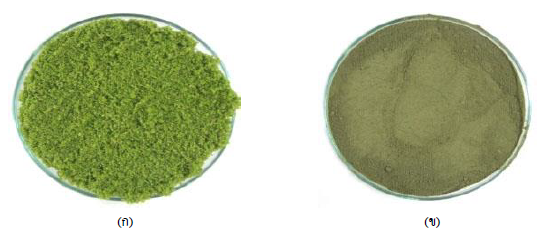Effects of Watermeal (Wolffia arrhiza (L.) Wimm.) powder supplement to the quality of fresh noodles
Keywords:
noodle, Water meal, shelf lifeAbstract
The objective of development of Water meal (Wolffia arrhiza (L.) Wimm.) noodle product was studied the optimum content of powder Water meal (PWM) for mixing into noodles, investigated a quality of physical, chemical and tested a shelf life. In this research, PWM was produced by a hot air drying from the fresh Water meal at 50 °C for 5 h, grinded and sifted by a sieve size of 80 mesh. After that, PWM of 0, 0.25, 5, 7.5 and 10 % by flour weight were mixed for producing of noodles. It was found that the lightness, greenness and yellowness (L*, a*, b*) values decreased with increasing the amount of PWM in noodle which observed the increasing of green color in noodle. It noted noodle that a hardness increased, a chewiness, a tensile strength and an elasticity decreased with increasing of PWM. However, the amount of PWM of 2.5% in noodles was shown a physical quality similar to that of an original noodle (0%) but shown better a chemical quality. It was observed that a chemical quality of noodle mixed PWM of 2.5 % was contained a protein of 15.51 %, a fiber of 4.22 %, a phenolic of 0.07 g.gallic/100 g DW. and a chlorophyll of 5.42 mg/kg DW. Nevertheless, the noodles mixed PWM of 0% and 2.5 % were abled a storage at 6±2°C for 6 days. Therefore, in this research found that the mixing of PWM at 2.5 % was resulted the same in physical quality and shelf life as original noodles whereas resulted in a higher nutritional value.

Downloads
Published
Issue
Section
License
Copyright (c) 2021 The Journal of Applied Science

This work is licensed under a Creative Commons Attribution-NonCommercial-NoDerivatives 4.0 International License.

